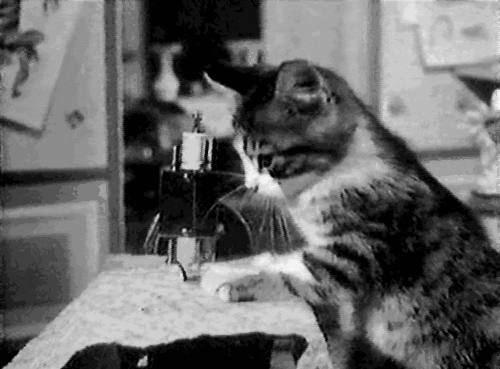Hello my little stray threads! Welcome to High Seas Upholstery's very first blog! What to talk about? This quick blog is for those of who you are brand new to sewing, those of you who are intimidated by the thought of a sewing machine and those of you who start sweating when you look at a sewing machine.
Yes, there are some seriously high tech sewing machines out there, some industrial machines with bells and whistles but what should you get? You want a basic machine that you can sew a straight line with! Sure, one day you may want to do all sorts of complex things, but for your first machine, don't spend more that $200 dollars. Now that you have a starting price point, let's cover a few of the basic pieces of a sewing machine. There is a lot of terminology in this sewing world, so I'm going to help you figure out what's what -- what you need to know, and what's not important at this point.

1. Foot Control Pedal
Every sewing machine will have one of these. It's how you will control the speed of the sewing machine, and yes, you'll be using your foot for this. The pedal functions just like a gas pedal; the more you push on it, the faster the machine goes. Each machine will have a slightly different sensitivity, so it will take some time to get used to. It's just like driving a vehicle, the pedal is different in every vehicle.

2. The Presser Foot
There are hundreds of different types of presser foots available for every machine. They range from the basic one that will be included with your machine, to ones that can do all sorts of magic tricks. The presser foot is located near the needle. Its purpose it to hold the fabric tightly together so the needle can pass through and form a stitch. The presser foot will have a lever, usually located on the back of the machine, that will allow you to raise and lower the presser foot to slide in the fabric you plan to sew.

3. The Needle
Needles come in a variety of thicknesses and are specific to each machine. There are generic needles available that work on a variety of machines, but when one of you needle breaks, and they will, make sure you get the right kind. Any sewing shop can tell you exactly what you need.

4. The Bobbin
This is a small round item. Think of it like two wheels, with an axel running in between. You will " wind the bobbin" over and over and over, and you'll get very good at it. The bobbin has thread around the "axel" and drops into a small area below the presser foot. The thread is pulled up by the needle, and two separate pieces of thread form a stitch.


5. Threading The Machine
The top thread goes through various channels to "thread the machine." One of the most common issues beginning sewers come across, is the machine just won't sew right. Either it jams all the time, the stitches look messy, or it's just a terrible experience. The way the machine is threaded is very important. After all, a sewing machine is a machine, and it's surprising finicky. Make sure to follow your manual so the top thread goes through all the various parts along the front and top of the machine.
6. Spool Pin
This is a vertical (sometimes horizontal) pin about 3 inches long that you slide a spool of thread (top thread) onto. It allows the machines to pull thread as you sew. Sometimes thread will fall off of the spool, and get caught on the pin, causing the machine to jam.

7. Tension Knob
This is a small knob usually located about 6 inches from the presser foot, on the front of the machine. It rotates left and right and applies tension to the top thread so you'll be able go sew through a variety of fabrics. After improper threading, this little guy is a common culprit of poor stitching.
8. Hand Wheel
This is a rotating disc on the far right of the machine. As you press the foot control pedal, you'll notice the hand wheel rotates and the needle goes up and down. If you are doing some sewing that requires very very slow sewing, sometimes it's better to rotate the hand wheel by hand, to slowly stitch. On some machines you can rotate the hand wheel in either direction (forward and reverse), but in others, you may damage the machine by going in reverse. Check your manual.
9. Reverse Level
Somewhere on your machine, you see either a dial or a lever. This dial or lever controls the direction of the sewing machine. You can sew in both forward, and reverse directions.
10. Stitch Length Dial/Level
Different sewing projects and fabrics require various stitch lengths. Play around with this dial. Sew for a few inches, stop, adjust the length, and start sewing again.
11. Feed Dogs
These are located under the presser foot, and look like little teeth. Why they are called dogs, I have no idea. But, as you sew and the needle goes up and down, the feed dogs will pull (or feed) the fabric under the presser foot. The stitch length dial somewhat control the feed dogs. The smaller the stitch length, the less the feed dogs will move every time the needle goes up and dog. Because of the feed dogs, all you have to do when you sew is guide the fabric. You just need to gently control the fabric, and the feed dogs will feed the fabric into the machine for you.


